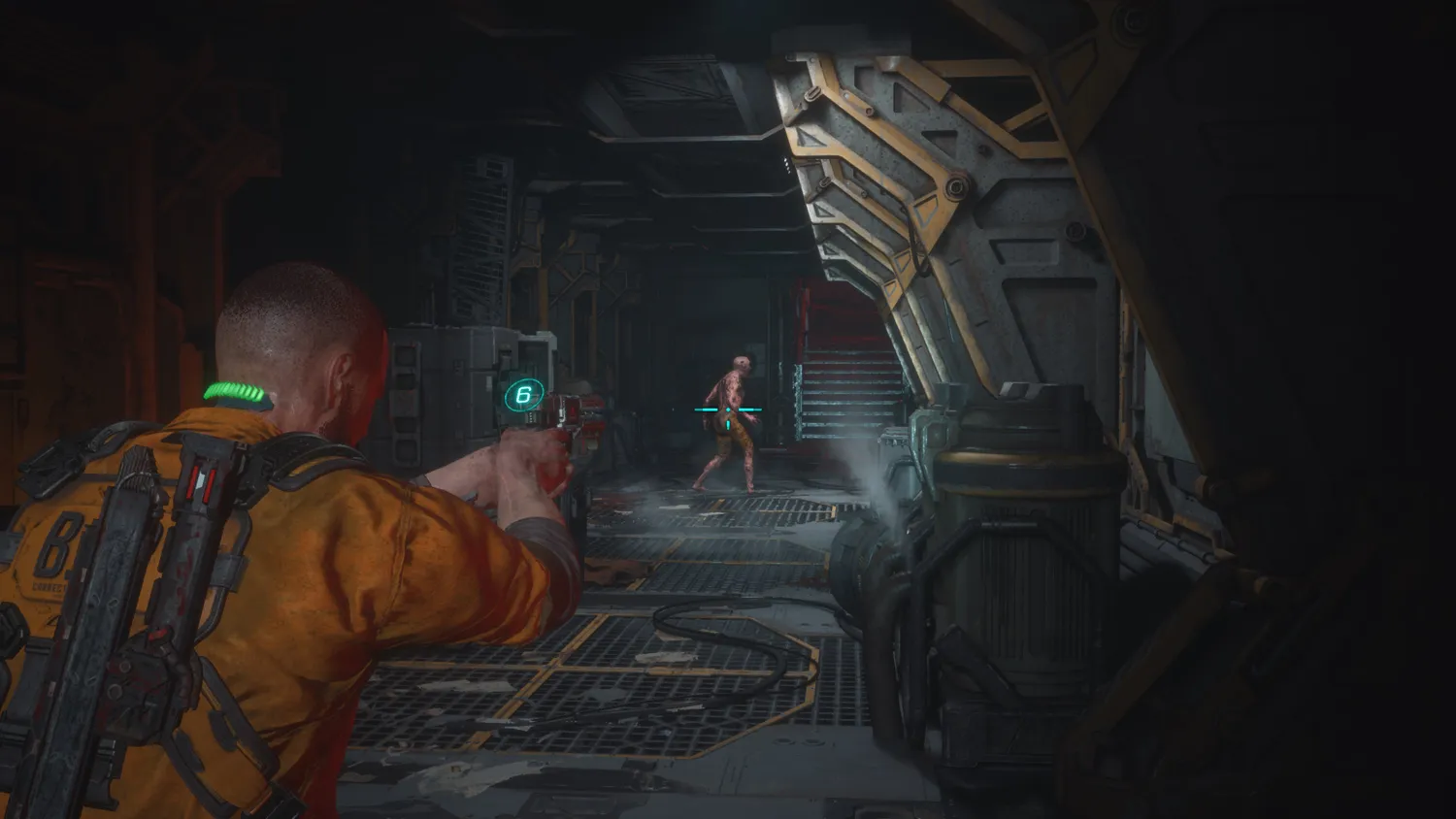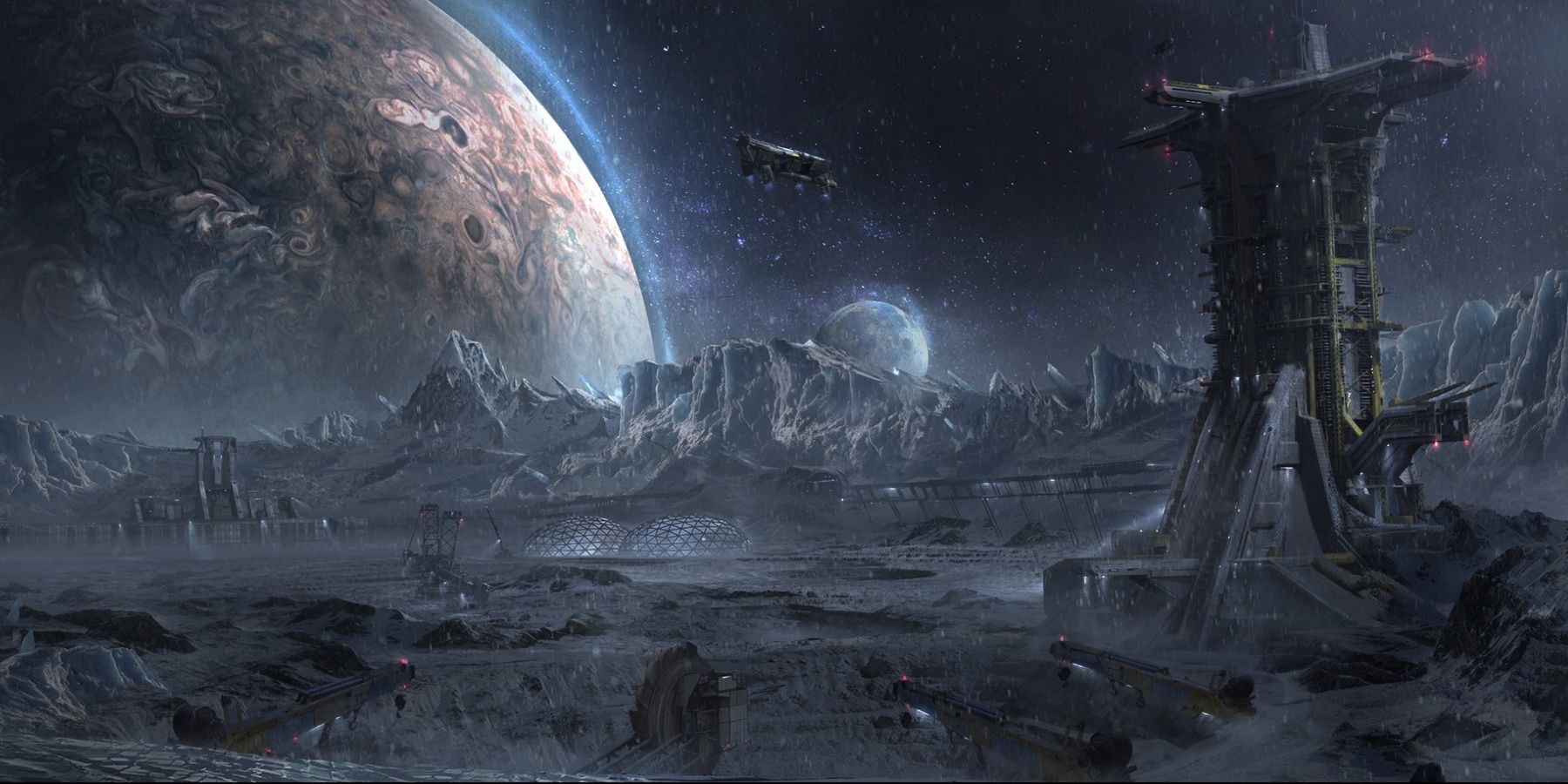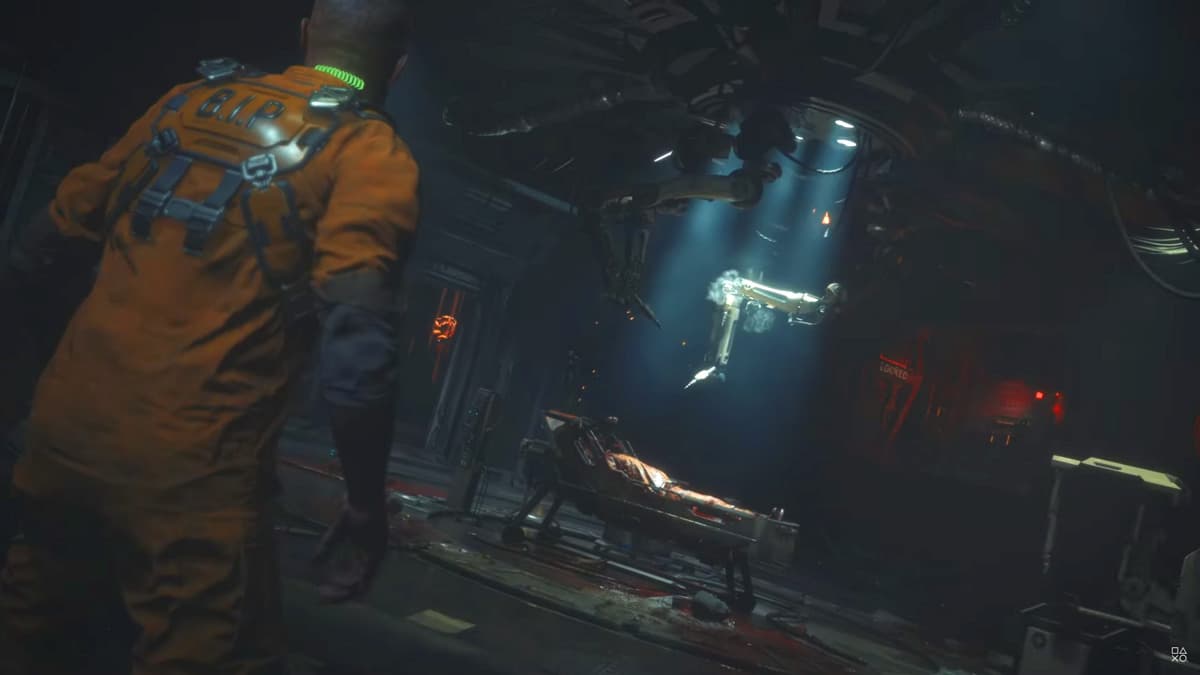The Callisto Protocol is the first game I can recall playing that resisted my efforts to enjoy it. This is a fantastic game: a stunning sci-fi tale of alien epidemics in terrible space prisons, with influences ranging from Aliens to The Expanse and sprinklings of John Carpenter’s The Thing throughout.
While the plot is enjoyable and the visuals are stunning, The Callisto Protocol is often derailed by a brutal combat system that seems ill-suited for the overwhelming majority of the confrontations you will face.
Despite having several design influences and allusions, The Callisto Protocol is unquestionably a pioneer in terms of technological innovation. A combination of pros and newcomers worked together to produce one of the most futuristic games of our age at Striking Distance, a rather tiny and unproven business.
However, before I go any further, I should point out that although the game is cross-generational, our review code only had access to the new-generation consoles and, subsequently, the PC version.
Game Modes
There are two operating modes available on the PS5 and Xbox Series X: the default, also known as a Quality mode or Ray Tracing mode, operates at 30 frames per second, and It features a dynamic scaling quality with frequencies varying between 90% and 60% of 4K. Unreal Engine’s TAAU then enhances this, I believe, by upsampling it back to 4K as often as feasible.

The image treatment here from the lower base is astounding, and I wouldn’t be surprised to learn that the team behind it built or enhanced it with their custom resolve and AA pass, since Except a few high-contrast regions that may be a little jittery due to the jittered rendering solution it utilizes to up-sample, it may easily pass for 4K. Additionally, the game supports FSR 2.1.
It must be understood, nevertheless, that the dynamic may be higher or lower and, therefore that this may not be the method that the scaling consoles are using. This is a game that greatly benefits from Film Grain, which can enhance the perceived sharpness of the image.
And the excellent Per Pixel Motion Blur greatly aids in the fully real-time cinematics and frequently fools you into thinking they are real offline renders from just the last generation. These factors, along with the game’s dark aesthetic, grimy world, gore, and violence, make it a game that you should check out.
Comparisons of Performance
When comparing the PS5 with Xbox Series X in Performance mode, the PS5’s resolution is often greater than the Series X’s, with the PS5 sometimes having a 19% higher pixel count. Additionally, the performance is marginally more stable on the PS5.
Still, these are typically memory- or CPU-like stutters that occasionally appear on Series X when entering a new area or during a battle, as it seems to be instantaneously calculating the effect of the dynamic dismemberment and deformation system.

Nevertheless, most of these are hardly noticeable on an fps graph, and they both excel in every test segment I ran, with the 60 fps rate never being a problem. Performance is generally an outstanding accomplishment, especially when you consider the game’s delivery period and some of the faults that did appear.
The fixes that have been released after the review code was withdrawn have also enhanced all formats, and the 60 fps mode is now quite competitive between the two platforms.
Graphics Card Mode
The additional graphical improvements and higher resolution cause the framerate to be cut in half in this mode, but this is more than a fair trade-off, given that the lower input latency does not greatly hinder the improved per-object motion blur and third-person action.
It just misses a single frame here and there, which would never be spotted without a frame-time graph, according to the areas I tried. On PS5 and Series S, the review code was quite stable; however, there were more dips and judders on Series X, which would have been problematic.
However, after installing patches 1.2 and 1.3, it now performs far better and is almost locked at 30 frames per second, putting it in the same ballpark as the PS5. But in this mode, the Series X now has a resolution edge, often reaching 2880×1620 compared to the PS5’s, frequently reaching 2688×1512, a 14% resolution improvement.
The disparity is not very noticeable due to the generally high resolutions they all operate at, but the aesthetic reductions do explain some of this, much as the little performance drops.
Xbox Series S
With and without Motion Blur, the Xbox Series S also maintains frame rates that are extremely close to a fixed 30fps. It may drop more than the Quality setting on the other two consoles, but thanks to the pre-launch patch, it has been enhanced and is currently as near to locked at 30 frames per second as you could hope for.

This provides an amazing version of the game that successfully carries out the team’s primary objectives. When I played several portions, I anticipated some dips, but overall it was pretty strong, with just a few dips here and there.
The major drawback is the significantly reduced RAM pool, which results in lower-quality content and slower loading during gameplay, particularly so during cinematics, which is where they stand out the most.
SoundScapes
Sound design, mixing, and execution are the last pieces of the jump scare puzzle. A cable used for earthing has an electric fizzle. The door’s opening hydraulic pressure. As you go closer, some fans provide a Doppler effect along with screen shaking and controller vibrations.
The meaty squelch of skulls popping, limbs breaking, and many other things. You can hear adversaries screaming in the distance thanks to the amazing use of sound and quiet, but sometimes it’s the sound of stillness that frightens you the most.
At times, music is used, with a distinct synth mix reminiscent of John Carpenter that more than just nods to the Thing. Although sometimes trite and formulaic, the voice acting is all of the highest caliber. It often takes unexpected turns and never holds your hand or drags on for too long.
I often remark that sound makes up 50% of a video game or movie’s experience, but in this case, I may be underestimating its significance. The sound team’s flawless work perfectly complements the game’s visual appeal, technological prowess, animation, and narrative.
Recap
By fusing a variety of media and tropes into a legendary survival horror game, Striking Distance has accomplished a feat we have not seen in a very long time. It is a frontrunner for the present generation in terms of acoustic and visual appeal.
Taking the UE4 engine and, in my perspective, enhancing what we saw in the Matrix Awakens UE5 demo. You would have a hard time telling a video from the game differently since the character models are now so lifelike in gameplay and cutscenes.

The team has succeeded in producing one of the most aesthetically stunning, stable, and amazing games this generation, despite several flaws with death animations, cutting through scenery, and poor animation cycles.
The Callisto Protocol provides a visual masterpiece and enough surprises to be worth your time in all mediums, despite how linear and within the bounds of its genre it may be. I simply hope that Series X has its Ray Traced reflections added before the year is through as the grand Christmas gift.
Conclusion –
The Callisto Protocol has stunning visuals. This refined and aesthetically striking work of art was expertly produced by developer Striking Distance Studios. The degree of detail, texture, and mood to everything is beautifully done; it’s always a beautiful sight to see, no matter what, from rusty metal to mist in the air.
It’s full of levels and locations that I actively loved exploring and finding stuff to look at. There are numerous fantastic tonal adjustments in the lighting, space, and mood that also lend some lovely vibes: regions bathed in blood-red light, a segment in an oxygen-processing forest that is tense as all come out while trees around you quiver and chitter.
With the station banging, creaking, and moaning like it’s alive, the station’s sound design is superb overall. You can track a monster’s location from the noise and predict where they will emerge while they are traveling via air vents. It’s both a practical and oddly cool tiny nuance.
























